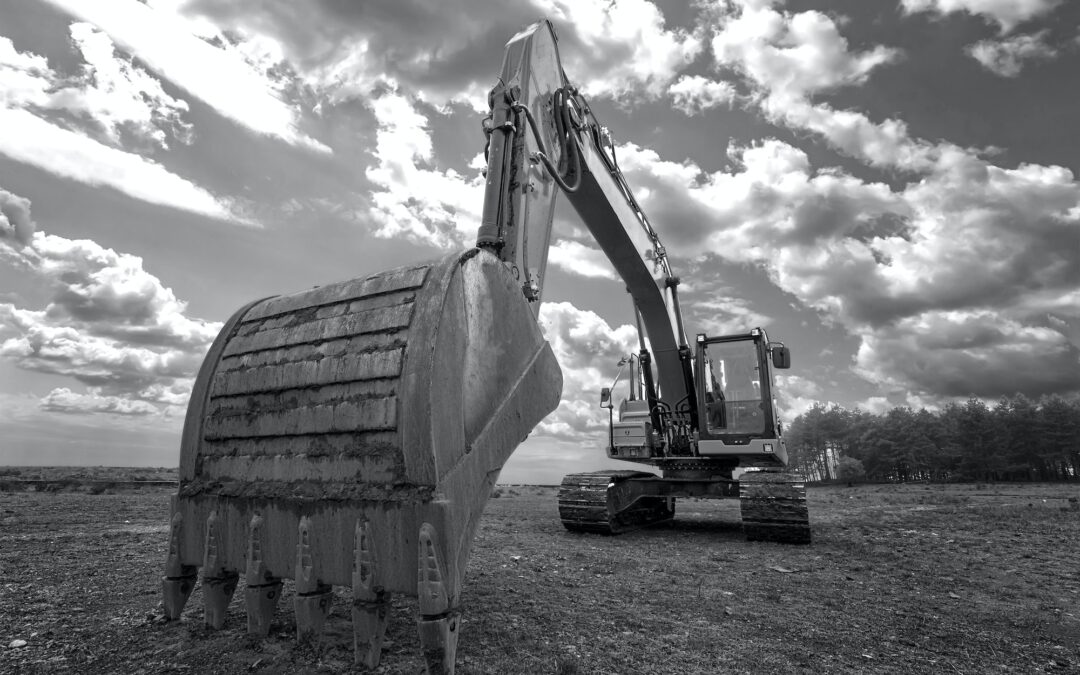Heavy equipment transportation is a critical part of the construction industry. Excavators, in particular, are used for a variety of tasks such as digging, grading, and demolition. In order to move excavators from one job site to another, they must be loaded and unloaded for transport.
Loading and unloading excavators for transport requires careful coordination. The equipment must be securely loaded onto the trailer, and the trailer must be properly prepared for transport. It is also important to consider the safety of the operators, as well as the weight and size of the excavator. Proper planning and execution of the loading and unloading process can help maximize the efficiency of the transport.
Preparing the Excavator for Loading
Before loading an excavator onto a trailer, it is important to inspect the machine for any damage or loose parts. It is also important to ensure that the excavator is properly secured for transport. This can be done by attaching chains or straps to the tracks and securing them to the trailer. Additionally, the operator must check the excavator’s fluid levels and top off any low fluids.
It is also important to check the size and weight of the excavator. This information will be necessary for determining the type of trailer that will be used for transport. Additionally, the weight of the excavator will need to be taken into account when loading it onto the trailer.
Preparing the Trailer for Loading
Once the excavator has been inspected and prepared, it is time to prepare the trailer for loading. The trailer must be inspected for any damage or loose parts, and the brakes and lights must be checked to ensure they are working properly. It is also important to check the trailer for any obstructions or debris that could interfere with the loading process.
Once the trailer is ready, it is time to secure the excavator to the trailer. This can be done by attaching chains or straps to the tracks and securing them to the trailer. Additionally, it is important to check the weight and size of the excavator to ensure it is properly secured.
Loading the Excavator onto the Trailer
Once the trailer is prepared, it is time to load the excavator. This process requires careful coordination and planning. The excavator must be positioned properly in order to ensure it is securely loaded onto the trailer. The operator must also ensure that the excavator is not overloaded, and that all fluids are topped off.
It is also important to consider the safety of the operators during the loading process. The operator must ensure that the trailer is properly secured and that no loose parts or debris are present. Additionally, the operator must wear protective gear when loading the excavator.
Unloading the Excavator from the Trailer
Once the excavator has been securely loaded onto the trailer, it is time to unload it. This process is similar to the loading process, but in reverse. The excavator must be properly secured to the trailer, and the trailer must be inspected for any damage or obstructions.
The operator must also take the weight and size of the excavator into account when unloading it from the trailer. Additionally, the operator must wear protective gear and check the excavator for any damage or loose parts.
Loading and unloading excavators for transport requires careful coordination and planning. By preparing the excavator and trailer, and following the proper loading and unloading procedures, the process can be done efficiently and safely. By taking the time to prepare and plan, operators can maximize the efficiency of the transport process and ensure the safety of everyone involved.
If you need help transporting your excavator, Heavy Hauler is here to help. We provide the most reliable and cost-effective solutions for excavator transportation.

